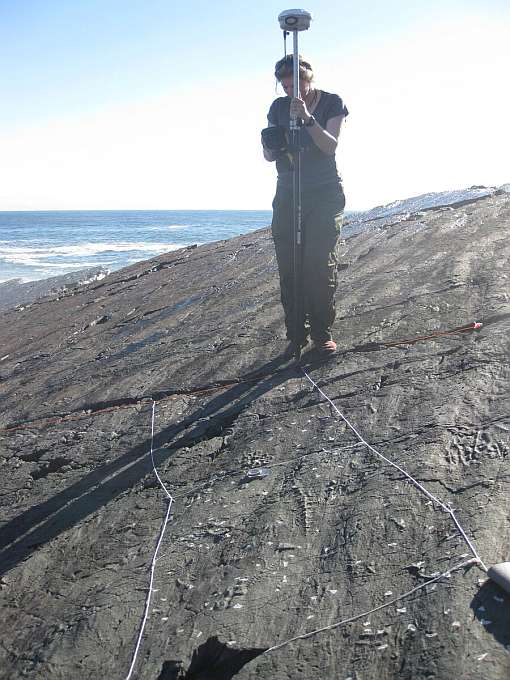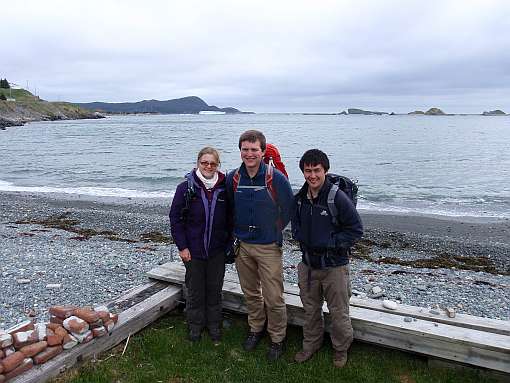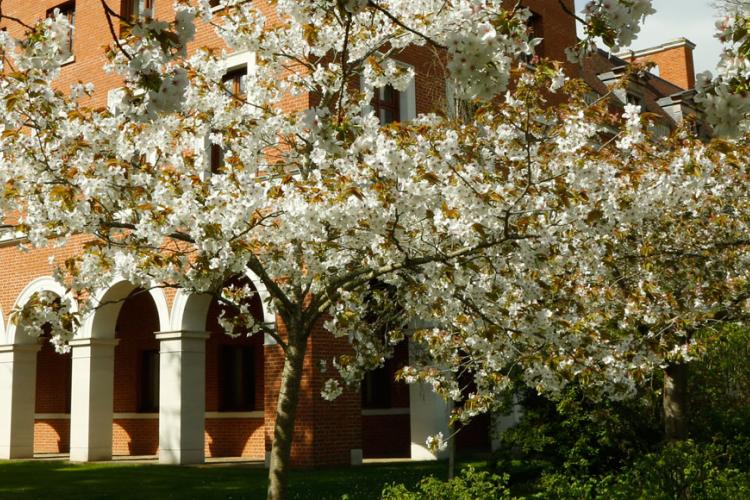Selwynites played a key role in new research about the earliest example of reproduction in a complex organism. The work was led by Emily Mitchell with Charlotte Kenchington, who are both members of the College and have studied for their doctorates in Professor Nick Butterfield’s research group.
The Cambridge research has found that some organisms known as rangeomorphs, which lived 565 million years ago, reproduced by taking a joint approach: they first sent out an ‘advance party’ to settle in a new area, followed by rapid colonisation of the new neighbourhood. The results, reported this summer in the journal ‘Nature’, could help in revealing the origins of our modern marine environment. The full details can be read here: http://www.cam.ac.uk/research/news/earliest-evidence-of-reproduction-in-a-complex-organism.
Our homepage photo shows Emily Mitchell mapping out the fossils on Mistaken Point in Newfoundland, Canada. She is holding a GPS receiver, which logs the 3D fossil position to millimetre accuracy. Emily tells us: “In order to get this accuracy I had to set up a GPS transmitter on the headland overlooking the bedding plane. It’s a rather deceptive photograph in that it is very sunny - most of the time the fossils are barely visible due to a thick blanket of fog!”

Nick Butterfield, who is a Selwyn Fellow as well as a professor in the University’s Earth Sciences department, believes that the key to the project was Emily’s background in mathematics and quantitative ecology, while Charlotte is an experienced geologist and palaeontologist. Pictured below is Charlotte Kenchington with Jack Matthews and Alex Liu (from Oxford and Bristol Universities respectively) who were co-authors on the study.



